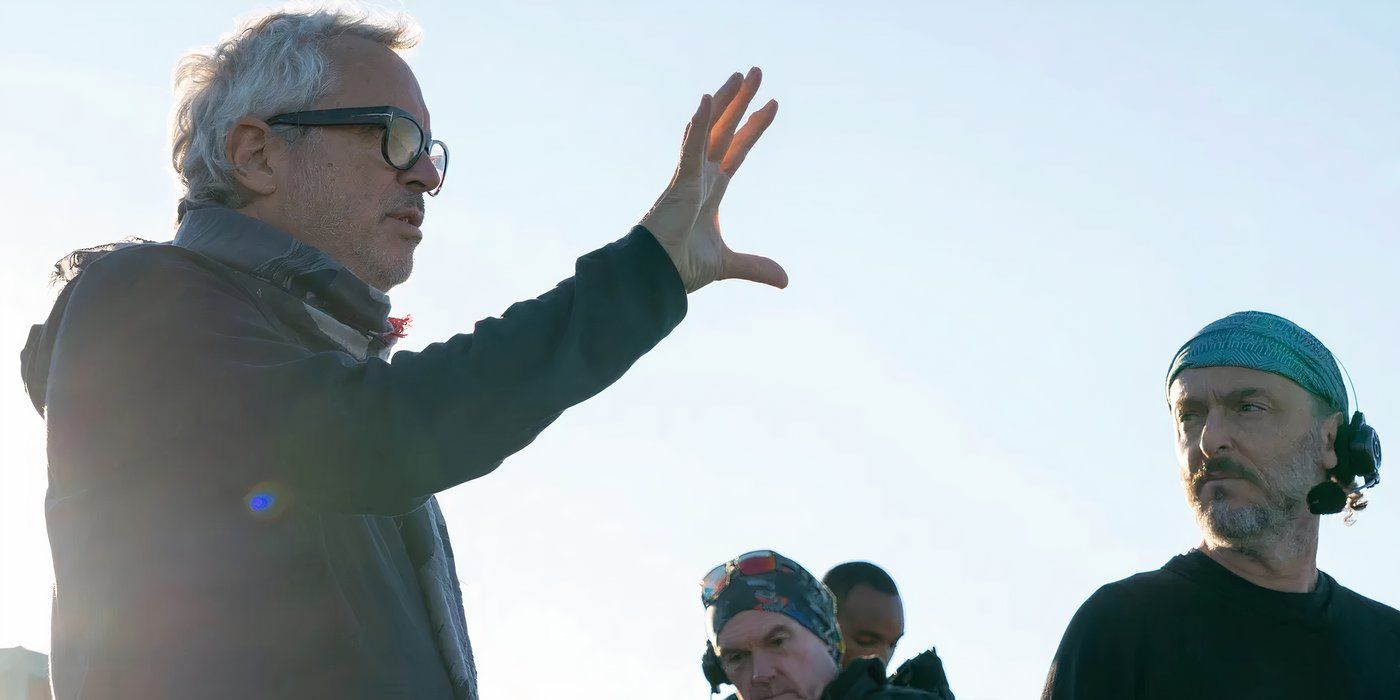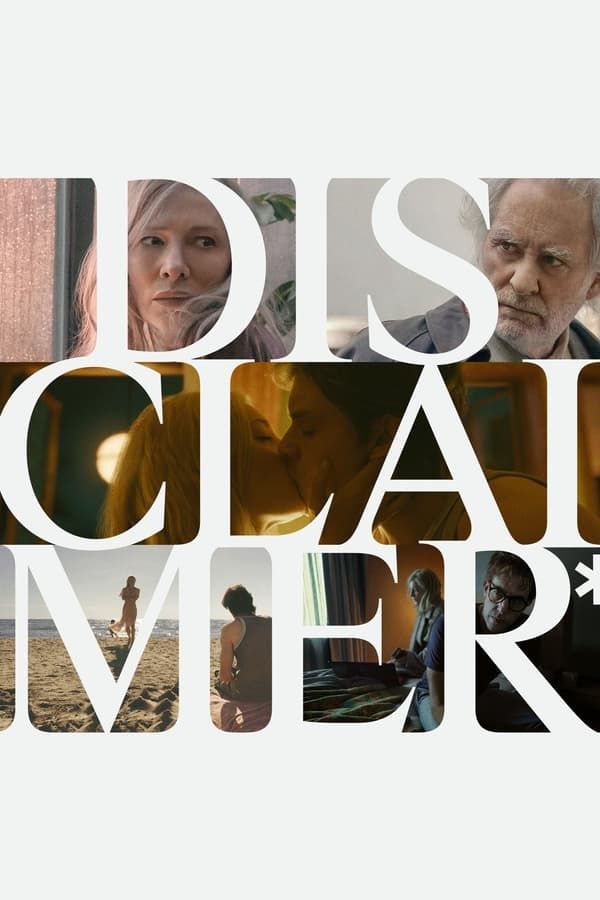
The series finale of the Apple TV+ miniseries Disclaimer finally gives audiences the heartbreaking truth about what happened in Italy between young Catherine Ravenscroft (Leila George) and Jonathan Brigstocke (Louis Patridge) all those years ago. What is shown in the finale, narrated by adult Catherine (Cate Blanchett), is a complete departure from the narrative in the six episodes prior. Though viewers may have been shocked by the reveal, Disclaimer told us what kind of show it was from the first moments of the series.
What ‘Disclaimer’ Says About Hidden Truths in The First Episode
Early in Episode 1, writer/director Alfonso Cuarón shows his hand, in a way, when real-life journalist Christiane Amanpour (playing herself) presents an award to Catherine, who is a renowned documentarian in Disclaimer. In breaking down some key moments in Amanpour’s speech, it’s clear that Cuarón is not only highlighting Catherine’s work, but is also making a statement about his audience. When speaking about Catherine’s career, Amanpour says that she has, “cut through narratives and form that distract us from hidden truths to address some of the most difficult contemporary issues, allowing us an unflinching look at her subjects as they really are.”
Related
Alfonso Cuarón Reveals How Cate Blanchett Changed the ‘Disclaimer’ Finale’s Tense Opening Scene
In addition to breaking down the finale, the Oscar-winning filmmaker talks about his long-time friendship with Finneas O’Connell and Billie Eilish.
How Alfonso Cuarón Weaves Narratives Together in ‘Disclaimer’
The audience knows that The Perfect Stranger is written by Jonathan’s mother, Nancy (Lesley Manville) based on a stack of seemingly risqué photographs. Throughout the show, audiences see Nancy become more unhinged from the loss of her son, making the narrative from the book feel more like the wishful hopes of a grieving mother. This fact alone should be a clue that we shouldn’t believe what they’re seeing, but just like the other characters in the show, it’ll be easy for viewers to jump to conclusions when presented with this version of reality.
While weaving all the narratives of Disclaimer seamlessly together, Cuarón uses a few different devices. While narration and voiceover can often feel clunky and expositional, it serves a much bigger purpose in this series. Narration occurs in the first person by Blanchett’s Catherine, in the second person through Kevin Kline’s Stephen, and the third person narrative through Indira Varma. The last narrative comes from Nancy’s book, but doesn’t include a narration. This is Cuarón’s way of separating reality from the story being told in the book. Each narrative is also visually different, thanks to Cuarón’s long-time friend and collaborator, cinematographer Emmanuel “Chivo” Lubezki.
The Audience Has To Confront Their Own Judgment Watching ‘Disclaimer’
When the truth comes out in the finale, we finally get a glimpse of the brutal truth of what happened in Italy. The scene was narrated by Blanchett and shot in a continuous scene, something Blanchett herself suggested. This moment is an example of Cuarón holding a mirror up to any audience member who may have made judgments about Catherine as a character based on what was shown on screen for the six episodes prior.
This is also something that the characters need to be confronted with when the truth comes out. There’s a poignant moment in the show’s finale when Catherine’s husband Robert (Sacha Baron Cohen) asks Stephen why he never questioned what was in the book and his reply is, “Why didn’t you?” This exchange encapsulates so much about how narrative and form can manipulate both the characters and the audience watching it.
In an interview with The Hollywood Reporter, Cuarón said, “Almost everyone has created a judgment of Catherine that is completely different from the ending that we reveal. It was a way for audiences to confront their own judgments.” In a time when false narratives and out-of-context images are more prevalent than ever before, Disclaimer stands as a reminder of how dangerous and manipulative those things can be and why, now more than ever, finding the real truth needs to be paramount above all else.
Disclaimer is available to stream on Apple TV+ in the U.S.
WATCH ON APPLE TV+








